Among the foods that bring pride to Japan, one particular food that should not be missed is sushi. To make the most out of your sushi dining experience, this article will feature the dos and don'ts involved with eating sushi in Japan - the home of authentic sushi.
The Difference Between Sushi-ya (Sushi Restaurant) and Kaiten Sushi-ten (Conveyor Belt Sushi Restaurant)
Sushi-ya (Sushi Restaurant)
In general, a sushi-ya has an image of being luxurious and expensive. However, despite the existence of numerous high-end sushi restaurants in Ginza (Tokyo) and Kitashinchi (Osaka), there are also other budget-friendly sushi-ya all over Japan that offer quality sushi at reasonable prices. The interior of a typical sushi-ya is made mainly of counter seats. In a sushi-ya, diners can place orders over the counter while enjoying the view of sushi chefs preparing each piece of sushi. Most of them offer à‐la‐carte dishes, so most diners can also enjoy some appetizers with sake (Japanese alcohol) before ordering sushi. The dining experience will be more pleasant if you make a reservation before visiting the sushi-ya. In addition, some restaurants do not allow children into their premises, so it is best to check the restaurant's regulations beforehand if you are planning to bring children with you.
Kaiten Sushi-ten (Conveyor Belt Sushi Restaurant)
On the other hand, a kaiten sushi-ten has a more casual vibe. Families, friends, and even large groups of diners can enjoy eating sushi together. Typically, a conveyor belt is set in front of the diners' tables and seats. The conveyor belt showcases various kinds of sushi placed on small plates, which will rotate around all of the seats. The diners can then choose whatever type of sushi they like. Dishes and drinks in a kaiten sushi-ten are reasonably priced compared to a fully-fledged sushi-ya. Aside from sushi, some restaurants also offer curry, ramen (noodles), French fries, and a wide variety of other foods and desserts.
How to Eat Sushi in a Kaiten Sushi-ten and Some Etiquette to Remember
A kaiten sushi-ten provides a more casual dining environment compared to a fully-fledged sushi-ya. Even so, there are still some etiquette and rules that should be observed and followed when dining there.
Various Ways of Placing Your Order
As explained earlier, diners can freely take any plate of sushi on the conveyor belt. However, they can also place orders for other dishes or drinks verbally, as well as through an order slip or touch panel. Dining in a kaiten sushi-ten also has an element of surprise, as diners will not know what kind of sushi will come up. Another advantage of dining in a kaiten sushi-ten is that diners can choose their preferred sushi, or ones with fresher seafood toppings (as the same type will be automatically refilled on the lane).
Drinks and Billing Methods
Most drinks like alcohol or juice and soups must be ordered separately, as sushi-ya typically provide unlimited self-served green tea. Those who are curious as to how the orders are billed should know that each plate of sushi has a corresponding price. There are various pricing methods that depend on the restaurant - some price according to the color of the plate, while some set a fixed price for any plate. In any case, it is common for the bill to be calculated according to the number of plates consumed.
Dining Etiquette to Remember
Although a kaiten sushi-ten is the place to go if you're looking for a relaxing and fun dining environment, some diners may not be aware that they are still committing some manner violations. Returning a plate to the conveyor belt, unnecessarily touching the sushi on the lane, causing contamination by talking, sneezing, or coughing (without covering the mouth) near the food on the conveyor belt, and leaving leftovers because they took too much sushi are just some of the actions that should be avoided when in a kaiten sushi-ten. Since diners are given more freedom in this type of setting, it is best to observe proper decorum at all times so that everyone can enjoy a good meal.
How to Eat Sushi in a Sushi-ya and Etiquette To Remember
Diners can enjoy their preferred way of eating sushi even in fully-fledged sushi-ya. However, it's best to learn the methods and rules behind enjoying the full flavor of the sushi, as well as each of the carefully-selected ingredients, at these sort of restaurants.
Ordering Sushi According to Type
In general, sushi is best enjoyed starting from the one with the lightest taste. Otherwise, you will feel full quickly and find it difficult to appreciate light-tasting sushi. Start with a plain white fish like tai (sea bream), hirame (olive flounder), or kohada (gizzard shad) soaked in vinegar. Afterwards, you can move on to the akami (lean meat) or toro (fatty part) of maguro (tuna). Then, you can move on to sushi with richly-flavored toppings like ikura (salmon roe), uni (sea urchin), or anago (conger eel) with sauce. Lastly, you can have a sweet tamagoyaki (rolled omelette) to finish the meal.
How to Add Shoyu
In order to enjoy the original taste of each ingredient, it is recommended to add on a minimal amount of shoyu(soy sauce). Also, it is best to avoid adding shoyu to the rice. It will not only make eating difficult, but it will also destroy the beautiful shape of the sushi. For [Nigiri Zushi (*1)], turn the sushi upside down to dip the topping in shoyu. For [Gunkan Maki (*2)], it is best to use [Gari (*3)] as a brush to put shoyu all around it.
(*1) Simple sushi wherein toppings like seafood are placed on top of vinegared rice
(*2) Sushi with nori (seaweed) wrapped around the vinegared rice. It is usually topped with ingredients that are easily spilled (e.g. roe)
(*3) Thinly sliced, sweet and sour pickled ginger
Dining Etiquette to Remember
Sushi is best consumed immediately after serving. Otherwise, the taste may be affected due to changes in the moisture level and temperature of the sushi. Bacteria may also accumulate, making the sushi unfit for consumption. It is best eaten whole using chopsticks or hands. However, you should endeavor to hold it with a gentle hand to avoid destroying its beautiful shape.
Also, it is important to be aware of how you interact with the sushi chef over the counter. They can be very busy during peak hours, so it is also best to know the right timing when placing orders. Since they work most of the time with their bare hands, refrain from asking them to take pictures for you, or other similar favors, for hygiene purposes.
The following video will feature other points to remember when dining in a sushi-ya. If you have time to spare, please watch it!
▼Recommended Video▼
/contents/manners/japanese-dining-etiquette/Sushi Terminology Guide
To cap off this article, here are some of the special terms used in sushi-ya. These were originally used by those working in sushi-ya, but they are now generally used even by customers.
-Neta: Refers to sushi toppings (e.g. maguro, shrimp, and so on).
-Shari: Refers to vinegared sushi rice.
-Gari: Refers to the pickled ginger served with sushi. It has antimicrobial properties, which is useful when eating raw fish. It also helps remove the fishy smell of seafood used in sushi, cleanses the palate, and so on.
-Murasaki: Refers to shoyu.
-Hikarimono: Used as a topping for sushi. Refers to slices of fish that have their shiny silver skin attached. Examples include kohada, aji (horse mackerel), sanma (pacific saury), iwashi (pilchard), and many others.
-Namida: Although it literally means ""tears"", it is actually a sushi term that refers to wasabi. Due to its spicy taste, it is believed that the term is derived from the tears that come out from your eyes when eating sushi with it.
Did this article make you want to go and eat sushi? Enjoy eating sushi to your heart's content, and make sure to observe the dos and don'ts that were discussed earlier in this article!
Disclaimer: All information is accurate at time of publication.

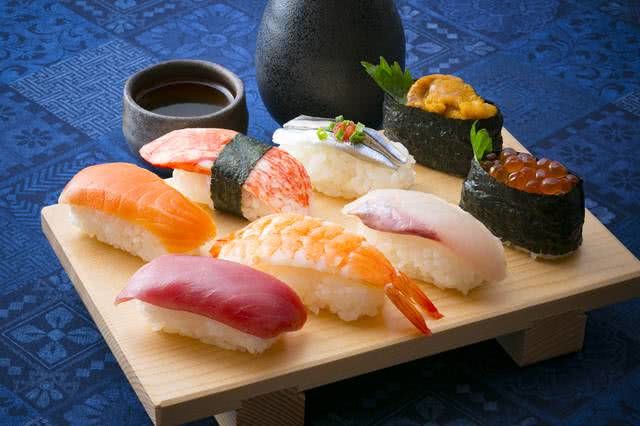
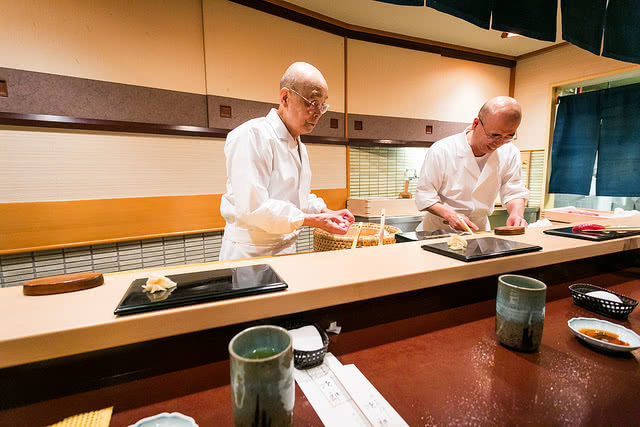
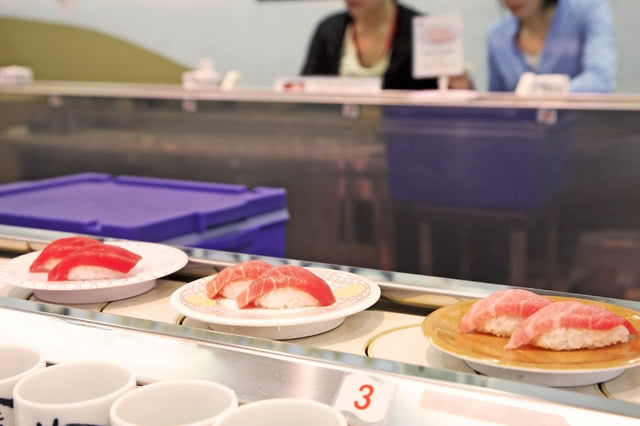
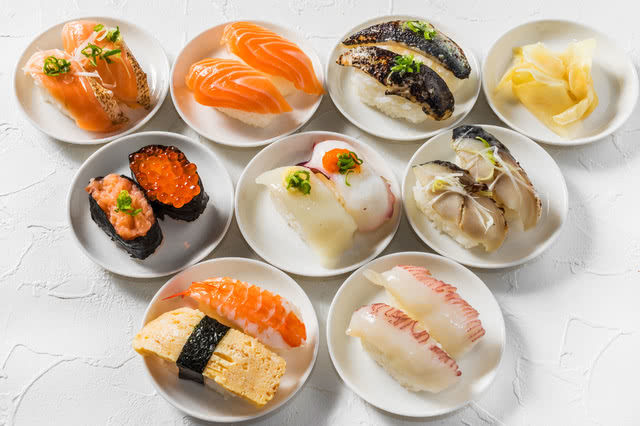
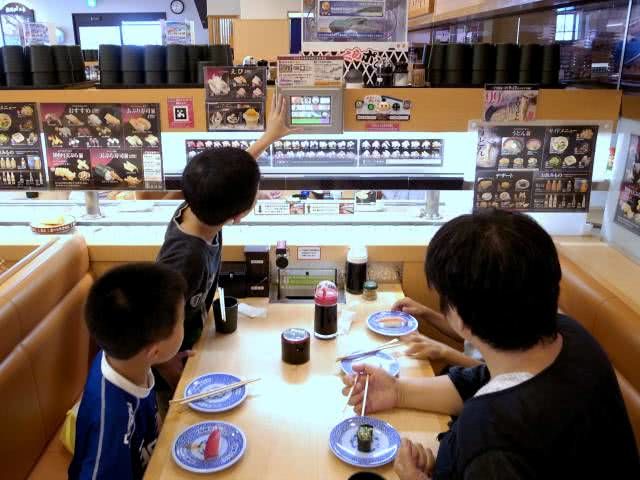
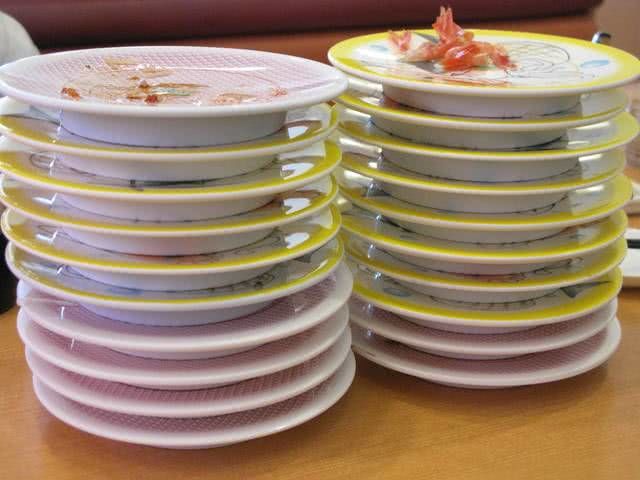
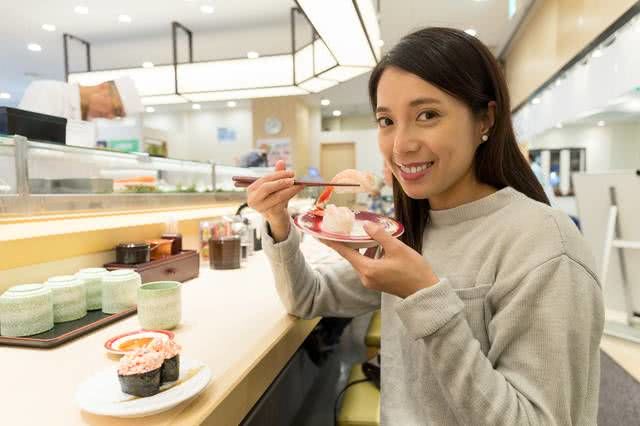
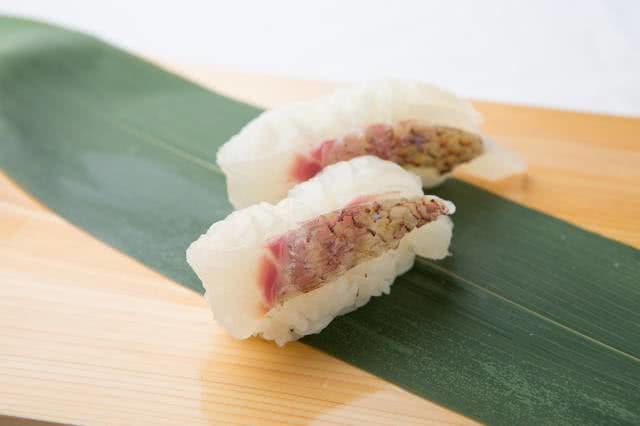
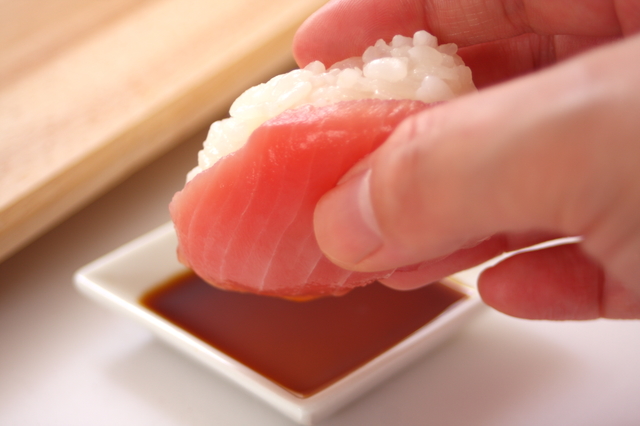
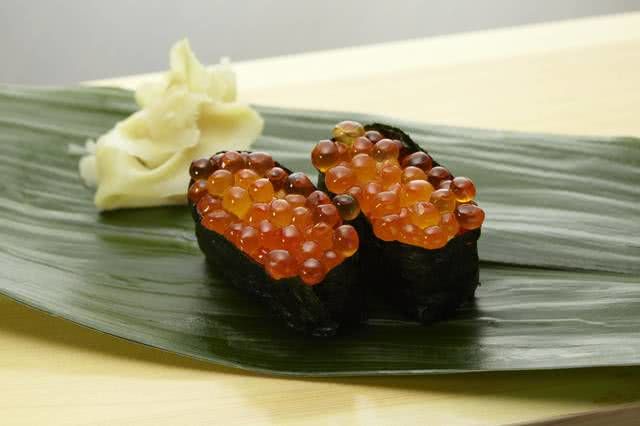
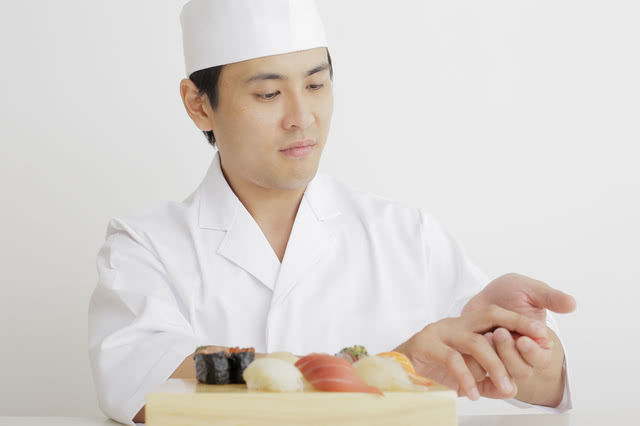
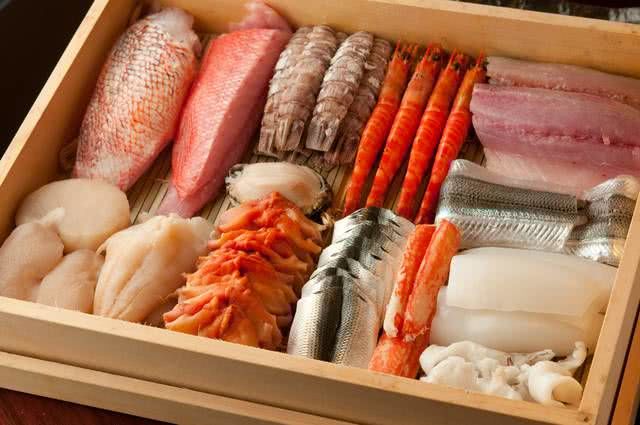
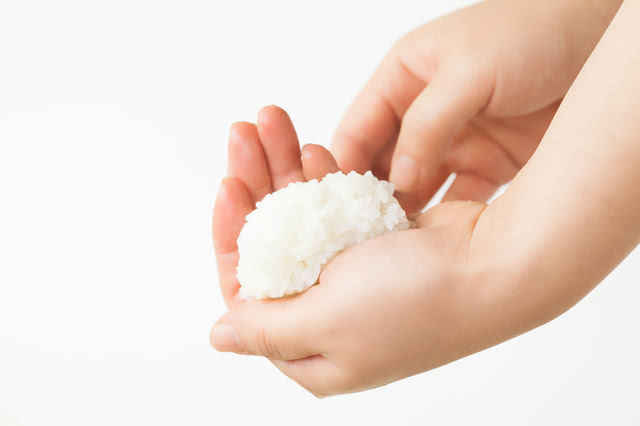
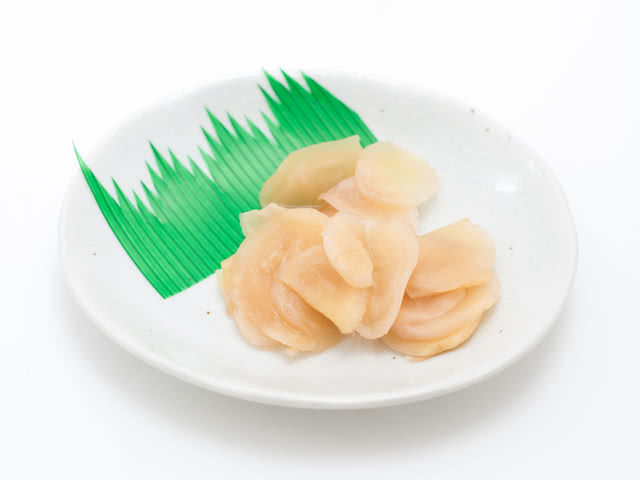
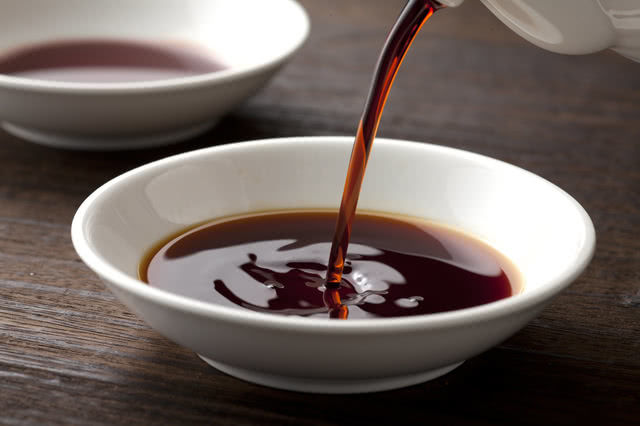

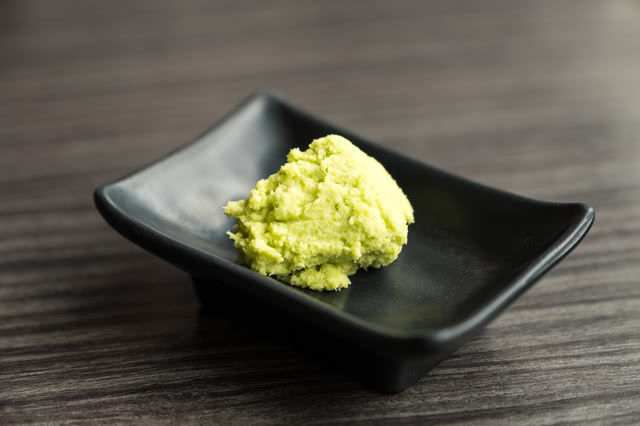









![Azabudai Hills [SUMI] (Janu Tokyo) ~ Editor's Afterword by the Editor-in-Chief of Japan's Gourmet Site](/gg/content_image//image/discover_oishii_japan/6536/article_head_150x105z.jpg)









